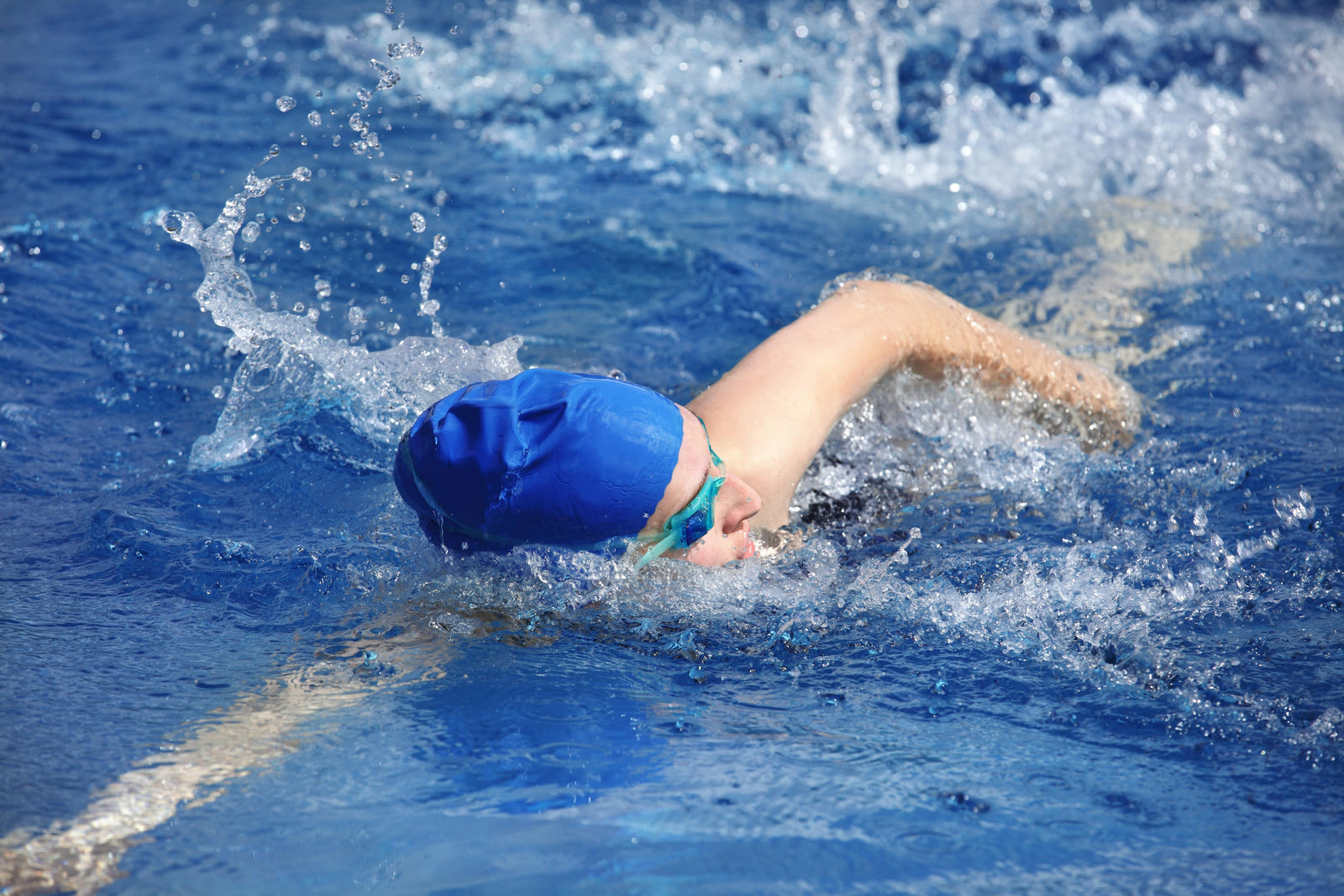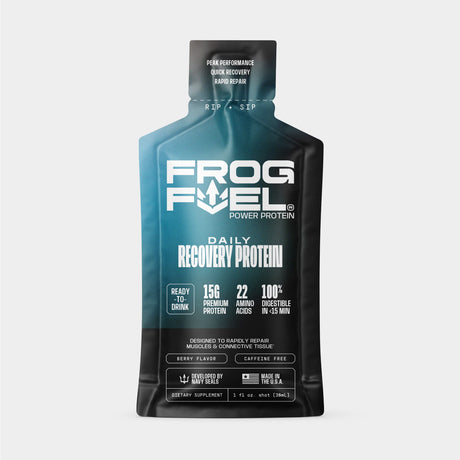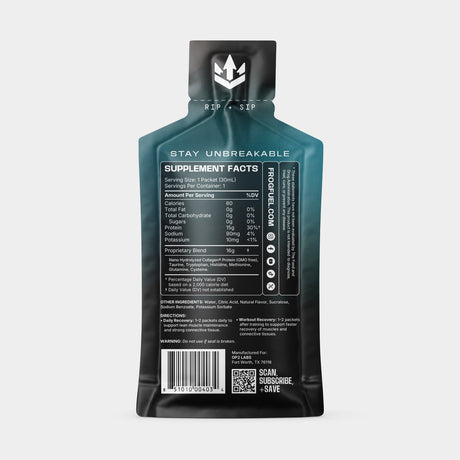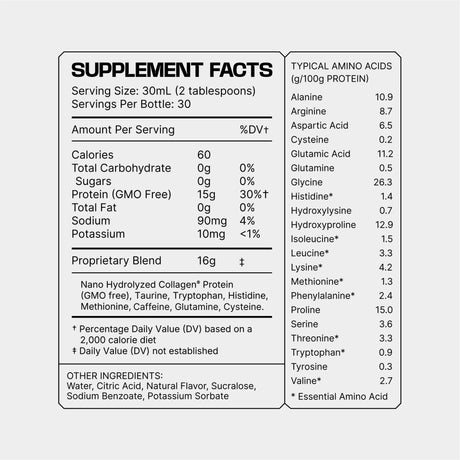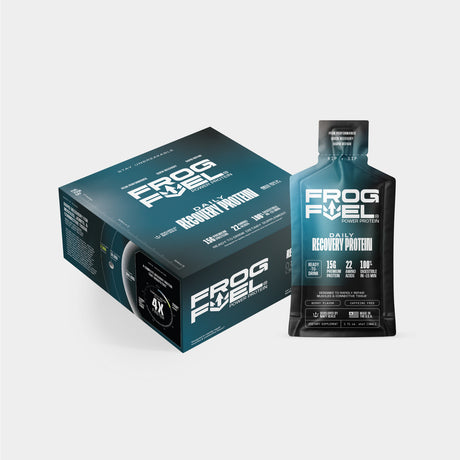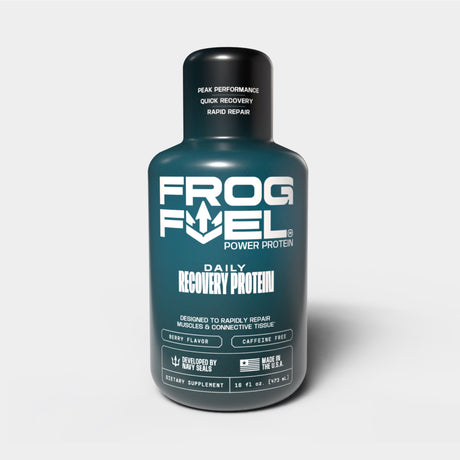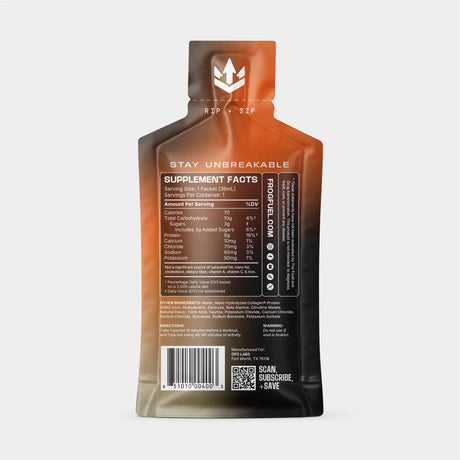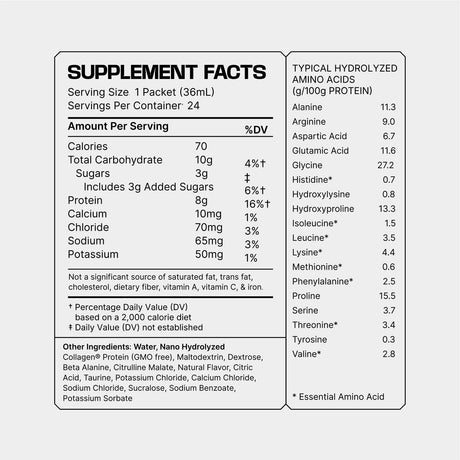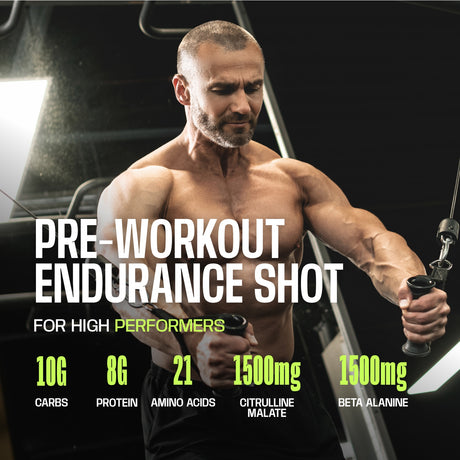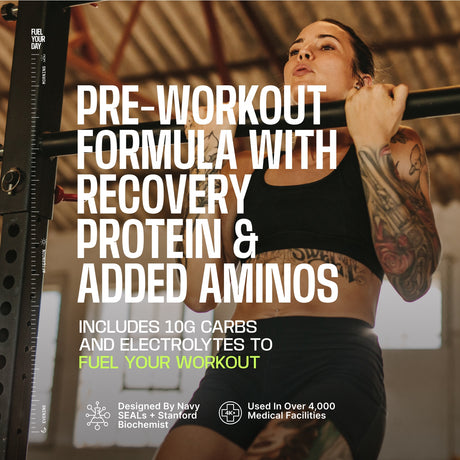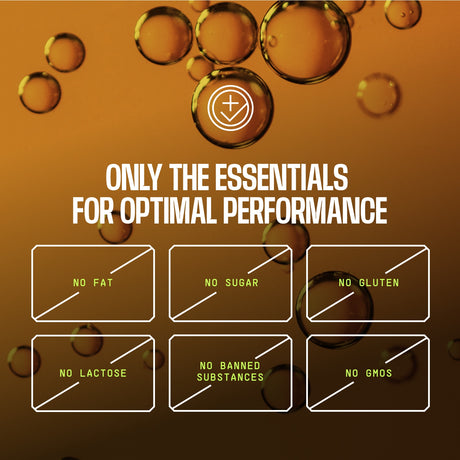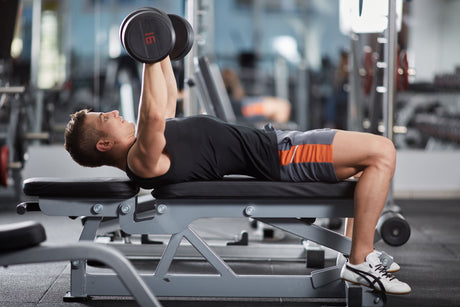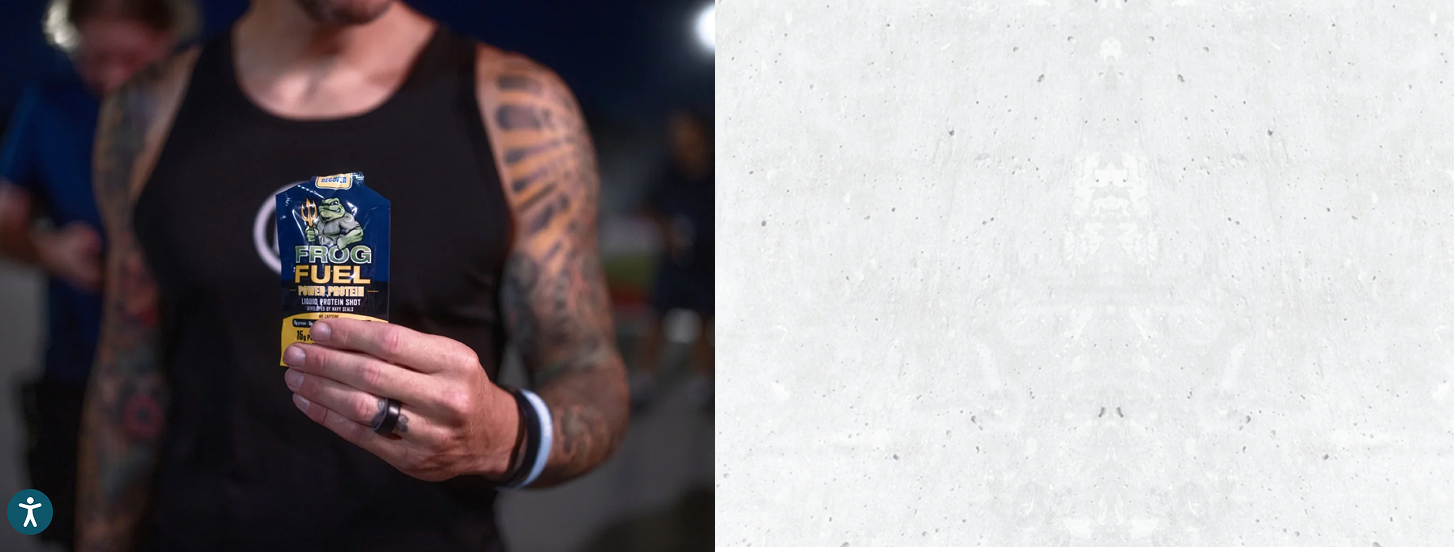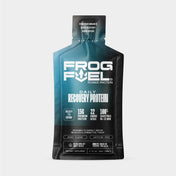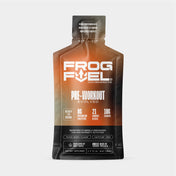Looking to build muscle? Lose weight? Manage your blood sugar? There are dozens of reasons for low-calorie protein sources to find a place in your daily diet. And variety is key to overall health since different foods will contain different amounts of crucial nutrients.
Even the best low-calorie protein supplement can’t replace the nutrients you find in Greek yogurt, tofu, quinoa, or mushrooms. The more familiar you are with protein sources, the easier it’ll be for them to find a place on your plate. So let’s dig in!
26 low-calorie protein sources to add to your routine
Finding protein shake alternatives can be tough, but you have plenty of options. Some can travel with you to the gym, while others are a better fit for meals – and some are versatile enough for anytime, anywhere!
Low-calorie protein sources shouldn’t just be part of your workout routine. Boosting your protein intake at mealtimes is just as important.
Before starting any low-calorie diet, remember to talk with a healthcare professional. Being in too much of a calorie deficit can cause severe, lasting health problems. As long as you’re meeting your caloric needs, all the foods on this list make a great addition to your menu, since they’re packed with protein and other nutrients.

1. Cottage cheese
Cottage cheese is one of the most popular ways to hit your protein goals for weight loss. A half-cup serving packs 25 grams of protein, along with calcium and vitamin B12.
Cottage cheese is one of the best low-calorie protein sources out there. A half-cup serving is only about 30 calories.
2. Greek yogurt
Much like cottage cheese, Greek yogurt has plenty of calcium, phosphorus, and potassium. A 1-cup serving also has about 20 grams of protein and less than 150 calories.
Many people prefer to add honey, berries, or granola to their Greek yogurt. This can add more nutrients to your snack or meal, but it can also add more calories, so make sure to take that into account.
3. Part-skim mozzarella cheese
Mozzarella cheese may be one of the more surprising low-calorie protein sources since cheese is typically a higher-calorie snack.
Mozzarella contains 7 grams of protein per ounce and only 84 calories. Its high moisture content and low fat content are what sets it apart from most other cheeses, which are usually more calorie-dense.
4. Eggs
Eggs pack a huge protein punch for their calorie count. They’re also packed with so many other nutrients that they’re nicknamed “nature’s multivitamin”. A single egg has 6 grams of protein and only 70 calories.
Eggs are great in a huge variety of snacks and meals, and can even be powdered to make them more shelf-stable, or mixed into a protein shake as a non-dairy protein boost.

5. Mushrooms
Mushrooms are one of the only complete proteins that are also vegan. Complete proteins contain all the essential amino acids your body needs to synthesize its own protein. Your body can make all 11 non-essential amino acids, but it can’t make essential ones.
Mushrooms are great low-calorie protein sources since they have all 9 essential amino acids. This is what makes them a complete protein. White mushrooms have about 4 grams of protein and 43 calories per cup.
6. Nutritional yeast
Nutritional yeast is also a complete protein, and it’s one of the best low-calorie protein supplements. Just two tablespoons of nutritional yeast has 5 grams of protein. Nutritional yeast is great for adding to snacks and meals since the same two-tablespoon serving has only 40 calories.
7. Tofu
Tofu is made from soy, one of the most popular low-calorie protein sources. Tofu has 21 grams of protein and 181 calories, but that’s not all. Tofu is also incredibly nutritious, and rich in iron and manganese, along with several other vitamins and minerals.
In the US, tofu is typically labeled and sold based on its water content. The numbers listed above are based on firm tofu, which has the lowest water content. Soft and silken tofu have a higher water content, which means an overall lower protein content per serving.

8. Edamame
Edamame is another name for raw, unprocessed soybeans. They’re picked before they’ve ripened, and can be a great snack or appetizer. Edamame is packed with 18 grams of protein, 8 grams of fiber, and nearly 100 mg of magnesium.
Plus, a whole cup of edamame comes in at under 200 calories.
9. Chickpeas
Chickpeas are sometimes called garbanzo beans. Beans as a whole tend to be high in fiber and protein. Chickpeas, in particular, have 12 grams of fiber and 14 grams of protein in a 1-cup serving.
They come in a little higher than some other low-calorie protein sources since that 1-cup serving has about 270 calories. However, they make a great addition to salads full of low-calorie veggies like cucumber, tomatoes, and peppers.
10. Black beans
One cup of black beans has 15 grams of protein and 15 grams of fiber, giving black beans a bit of an edge over chickpeas. And at 227 calories, black beans are an even better low-calorie protein source.
11. Chia seeds
Chia seeds don’t quite match up to something like black beans or tofu, since a 1-ounce serving of chia seeds has about 5 grams of protein and 130 calories. But since they’re also high in nutrients like fiber, calcium, and potassium, they can make a great addition to a breakfast that has the best low-calorie protein supplement – like a morning protein shake or overnight oats.

12. Lentils
Lentils are one of the most versatile low-calorie protein sources since they’re inexpensive, easy to cook, and packed with nutrients. One cup of cooked red lentils has nearly 18 grams of protein and about 200 calories. Lentils are technically not beans, but they are legumes, which means they belong to the same family.
13. Quinoa
Quinoa belongs to the same family as spinach and beets. It’s not a grain, even though it behaves like one when cooked. A cup of quinoa has 8 grams of protein and about 200 calories. It’s also packed with fiber and iron, so it’s closer to beans than, say, cottage cheese.
14. Oats
Oats can make a high-protein breakfast, especially when paired with the best low-calorie protein supplement.
Half a cup of oats cooked in water has 6 grams of protein and 165 calories. It doesn’t matter whether you opt for instant oats, quick oats, or steel-cut oats – they’re all great low-calorie protein sources!
15. Wheatgrass
Wheatgrass is a little different from the options we’ve discussed so far since you typically won’t be cooking with it much, but it’s a great overall health-booster! Wheatgrass has about 1 gram of protein and 25 calories per tablespoon, and it’s typically taken as a shot or mixed into smoothies or salad dressings.
16. Sprouts
There are several different varieties of sprouts you can add to your diet for a nutrition boost, and all of them are great low-calorie protein sources. One cup of mung bean sprouts, for instance, has about 3 grams of protein and only 30 calories. A cup of chickpea sprouts, on the other hand, boasts 36 grams of protein, but 480 calories.
When eating sprouts, be sure to follow food safety protocol, as sprouts provide a high risk of food poisoning.

17. Almonds
Almonds are usually top of the list when it comes to easy ways to get more protein. They’re easily available, delicious, and have 6 grams of protein at under 200 calories per ounce.
18. Pistachios
Alongside almonds, pistachios are great high-protein dairy-free snacks. 1 ounce has about 160 calories and 6 grams of protein. In-shell pistachios can also help reduce the amount of calories you consume while snacking, since getting them out of the shell is a bit time-consuming, and gives you a visual of how much you’ve already eaten.
19. Shrimp
Shrimp is an amazing low-calorie protein source. A 3-ounce serving has an incredible 20 grams of protein and only 84 calories! Shrimp is also high in omega-3 fatty acids. These are not the same as amino acids, but they’re just as essential for your overall health and well-being.
20. Tuna
Tuna is one of the most well-known low-calorie protein sources. When possible, you’ll want to stay away from tuna in cans or pouches, as this often has added sodium and other ingredients that may add calories.
Opt for tuna packed in water or fresh tuna. Cooked fresh tuna has about 25 grams of protein and 150 calories in a 3-ounce serving.
21. Tilapia
Unlike tuna, tilapia often doesn’t get the credit it deserves among low-calorie protein sources. Tilapia has 22 grams of protein and about 100 calories per serving, and can often be more inexpensive and easier to find than tuna.

22. Scallops
Scallops are comparable to shrimp, with a 3-ounce serving containing 17 grams of protein and 94 calories. Scallops are great for summertime cookouts, gourmet dinners, and everything in between!
23. Turkey breast
Turkey is one of the most popular low-calorie protein sources when it comes to meat, but be careful. Deli turkey is often high in sodium and other preservatives that you might not want on your plate every day.
Regular turkey breast meat has 25 grams of protein and only 125 calories in a 3-ounce serving, making it a great option to add to your regular diet.
24. Chicken breast
Alongside turkey, chicken breast is one of the most common recommendations when it comes to low-calorie protein sources. And, like turkey, chicken breast has a very mild flavor on its own, making it a blank canvas for any meal you add it to.
One cup of plain chicken breast will add 43 grams of protein and about 230 calories to your meal, so it’s great alongside ultra-low-calorie options like leafy greens.
25. Pork loin
Pork can be a surprising addition to a list of low-calorie protein sources, but it definitely has a place here. A 3-ounce serving of lean pork loin has 22 grams of protein and 122 calories, making it comparable to tuna or tilapia.
Pork loin is also a great source of nutrients like phosphorus, vitamin B6, zinc, and potassium.

26. Hydrolyzed collagen protein shots
The easiest low-calorie protein sources to add to your routine are simple to carry with you and provide a range of health benefits, and collagen shots fit the bill on every side. Liquid collagen benefits can extend from your muscles to your bones – and even your organs!
One problem with most dietary proteins is absorption. Just because a food has, say, 43 grams of protein, doesn’t mean your body can actually use all 43 grams. Much of that will pass through your system undigested. Hydrolyzed collagen doesn’t have this problem, because the protein molecules are broken down during the hydrolyzation for quicker digestion.
A Frog Fuel liquid protein shot contains 15 grams of protein and just 60 calories, making it a great option for a low-calorie protein snack.
The best low-calorie protein supplement
Adding more low-calorie protein sources to your diet doesn’t mean an endless supply of dry chicken breast. You can – and should! – incorporate a wide range of foods. And when you’re choosing foods rich in other nutrients, but lower in protein, hydrolyzed collagen protein is the best low-calorie protein supplement for full-body health.
Frog Fuel has been nano-hydrolyzed for full absorption in just 15 minutes or less. That means you can make use of every gram of protein in your serving.
